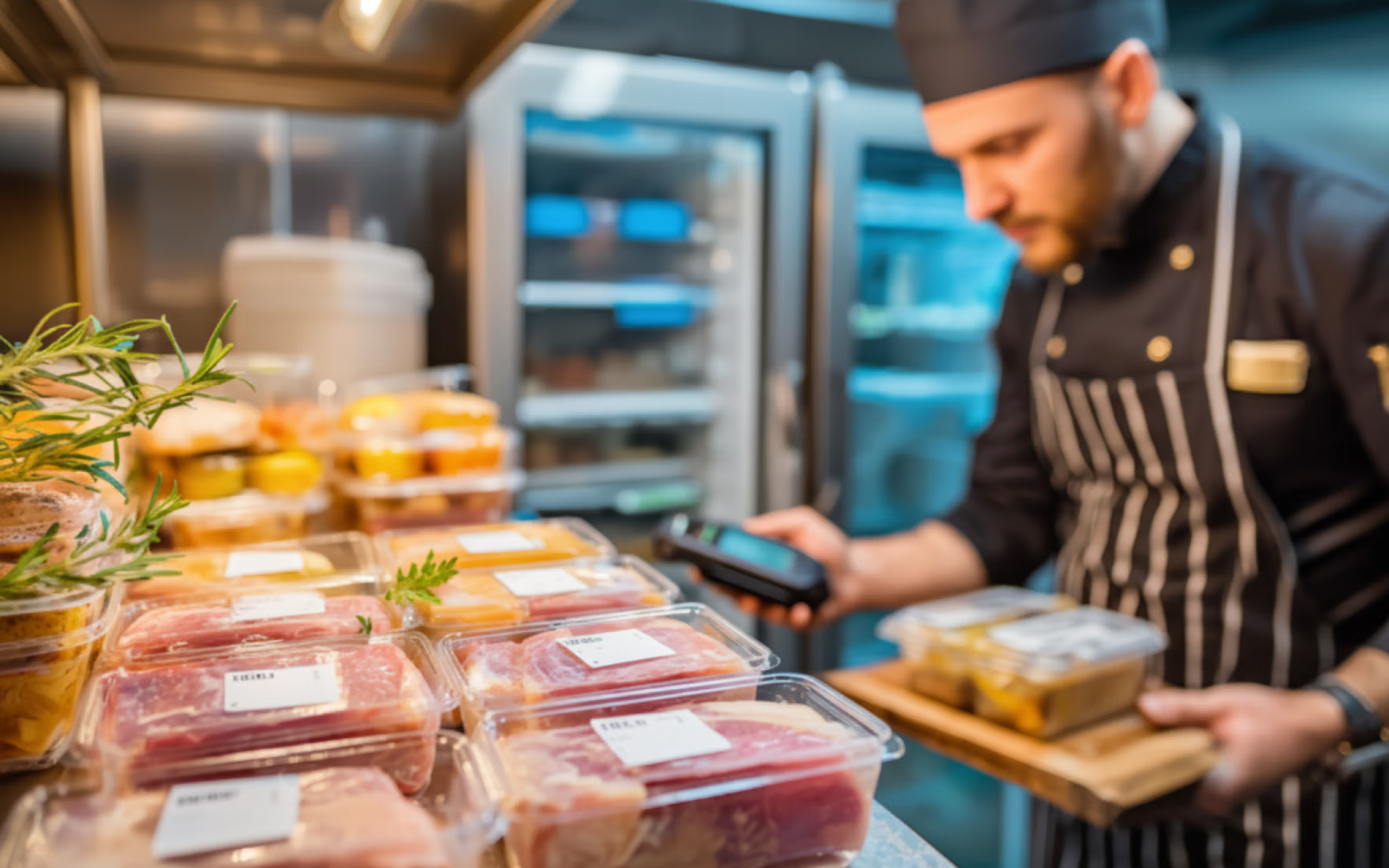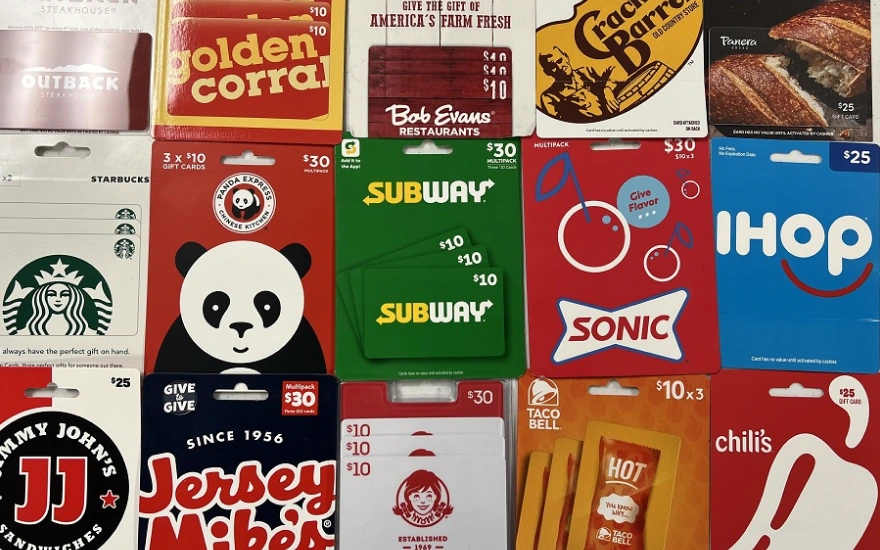6 Benefits of Staff Meals for Restaurant Teams

In the restaurant industry, high turnover is extremely common. Ever-changing staff results in an endless stream of new employees who have to be trained, and feeble workplace relationships that can have a negative impact on communication and teamwork. Staff meals are one practice that is gaining in popularity as a means to improve employee retention, increase morale, improve employee relationships and skills, and reduce waste. Sitting down for a communal meal as a group will unite and engage employees, bringing everyone together as a team.
Here are 6 reasons why you should be participating in staff meals:
1 - Create a healthy workplace culture.
Restaurants can be highly stressful places to work. They are fast-paced environments with long hours and some hard-to-please guests. Dedicating time to offer support and encouragement in a casual setting can greatly reduce this workplace stress.
When staff members can all sit down together and eat a family meal, they're more likely to vent and offer support to one another that can help defuse negative customer interactions. This doesn't mean that this time is spent bashing on guests. Rather, staff meals are spaces where employees can reflect and chat about the good, bad, and ugly parts of their shifts! Instead of having employees have to come and chat with a management team member, this type of atmosphere may be a way for employees to openly communicate with their managers. This bonding time creates deeper relationships and improves workplace culture. Developing strong relationships and showing that each employee is valued will help employees better manage job stress and create a more positive environment.
2 - Hone skills.
Preparing a staff meal is an excellent opportunity for chefs to experiment and create something new, or improve their skill sets. Young chefs may be preparing a dish for the first time at a staff meal, and this gives them the chance to learn from more experienced staff members who can act as a mentor. This type of hands-on mentorship can be extremely valuable to people just beginning their career in the food service industry.
3 - Reduce waste.
Feeding all of your scheduled employees for the day doesn’t have to be expensive. Using the odds and ends from the kitchen to prepare staff meals will reduce waste. This ensures that extra leftover ingredients, or items where there isn’t enough to make a dish to serve customers, won’t go to waste. This teaches staff to better manage stock and not waste anything during their day; in addition to tapping into their creativity.
With the ability to create dishes for staff meals that are different from the food typically served at the restaurant, employee are given a creative outlet and potentially learn new skills.
4 - Learn about new dishes.
When new ingredients or dishes are introduced to the menu, employees may not be familiar with them. If a waiter has never had a certain dish, they might not be able to accurately describe it. If the kitchen staff are using a new tool to prepare the dish, they may appreciate a practice run before preparing it for guests. Introducing a new food at a staff meal first, before it is served to guests, gives employees a chance to get familiar with the food. In turn, serving staff will be able to describe it inside and out for guests after they've tried the dish!
5 - Unite staff from different departments.
To work well as a team, everyone needs to get to know each other really well. Sitting around a table and eating together achieves this. Kitchen staff and serving staff are given the ability to interact outside of service with a staff meal. When everyone sits down to eat and talk together, workplace relationships can develop and improve. All staff members get to interact at a staff meal; even if some generally don’t see much of each other during service.
6 - Engage employees.
Working as a team to prepare a staff meal will help foster teamwork before or after every shift! When everyone is involved in preparing the meal, everyone feels as if they have worked together to contribute. Have serving staff set the table or take care of the beverages; and have the entire kitchen team present what the staff meal is! A sit down meal with peers will give staff members something to look forward to. In turn, this will increase workplace morale, and can help reduce employee turnover.
Showing appreciation for every member of the restaurant staff by including everyone in a staff meal fosters camaraderie and teamwork. Improving job satisfaction by allowing everyone to come together as a team will improve employee commitment.



